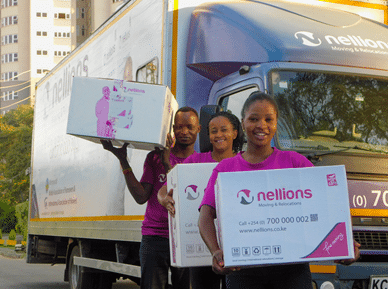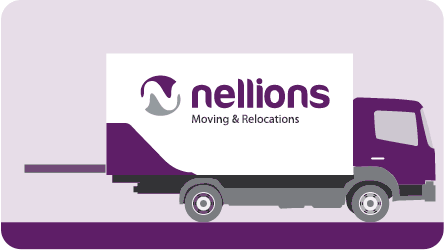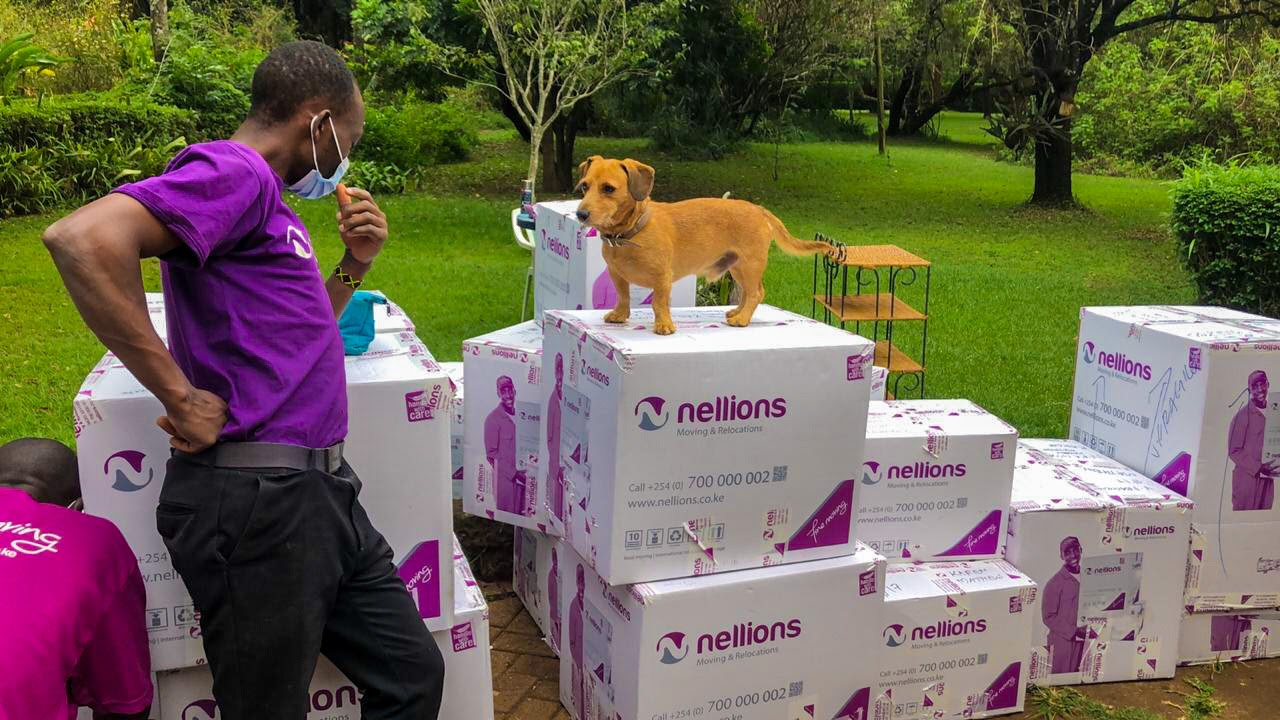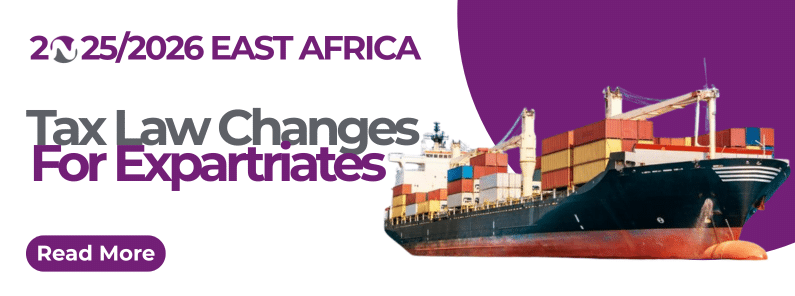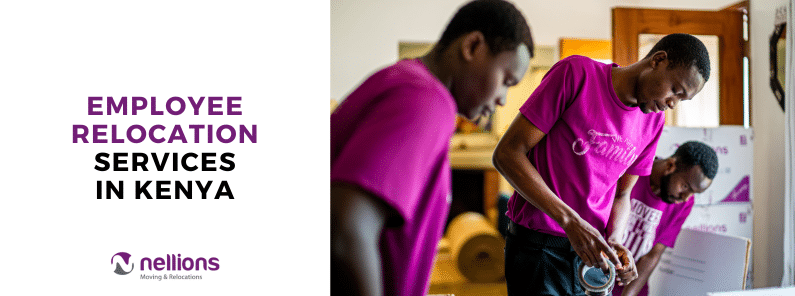Machinery and equipment refer to large, often complex machines and systems and smaller tools and devices used to accomplish specific tasks in the agriculture, manufacturing, and construction industries. They also include accessories for operating the machinery.
Moving machinery in Kenya’s corporate industrial and infrastructure environment presents several significant challenges. One of the main challenges is the lack of trustworthy and knowledgeable professional movers who can handle large machinery. Locating a suitable mover can be challenging because the business niche is still relatively young, and fewer organizations have the assets, personnel, and experience to provide efficient equipment moving services.
Furthermore, the absence of employee relocation policies within many Kenyan organizations can compound the challenges of machinery relocation. When employees are transferred to new locations, the logistics of moving their personal belongings often overlap with the need to transport company equipment. Without clear guidelines and support from employers, this process can become more complex and time-consuming.
Many companies sometimes encounter the need to relocate heavy machinery—whether to a new facility, expand operations, or upgrade the equipment. The moving process can be risky and complicated, and mishandling can lead to expensive damages, accidents, or delays. Therefore, a comprehensive understanding of the process is crucial to ensure a smooth and successful move.
Read on to discover key considerations, best practices, and essential steps to moving heavy machinery and equipment.
1. Pre-Move Assessment
i. Machinery and equipment assessment
This entails carefully evaluating every piece of equipment to ascertain its precise weight, dimensions, and any special needs for preparation or disassembly. These particulars are essential for choosing the best mode of transportation and guaranteeing secure handling while en route. Furthermore, identifying potential hazards is necessary to avoid further damage or mishaps. This includes evaluating electrical connections, potentially dangerous liquids, and fragile parts that might need extra safety measures or fastening techniques. Companies can reduce risks and losses through comprehensive evaluation and guarantee a seamless and effective migration procedure.
ii. Site Surveys
A site survey entails a keen inspection of the former office or equipment space and the destination locations to guarantee that they are appropriate for the safe removal and transportation of the equipment. You should consider the following;
- Evaluate the state of the roads, bridges, and other infrastructure to determine whether the machinery’s size and weight can be handled. Locate potential barriers or limitations, such as long carries and low overheads at the entrances or exits that might affect the movement route.
- Confirm that there is enough room to load, unload, and move the machinery at the origin and destination locations and that other items cannot interfere with the equipment’s ability to be positioned safely.
- Assess the ground’s stability, the terrain, and any other dangers that might interfere with the relocation procedure. Determining what site preparation or adjustments are required to guarantee a smooth operation.
iii. Customs and Regulatory Compliance
Acquainting oneself with the rules that regulate machinery transportation in Kenya entails knowing what paperwork, permits, and fees or duties are needed. It involves obtaining any necessary licenses or certifications from the appropriate government agencies. This could involve environmental approvals, road transport permits, or any other particular authorizations necessary, given the type of machinery. Lastly, it’s essential to have all the paperwork, including waybills, invoices, and ownership verification, at hand or submitted to the relevant authorities. Ensure the necessary documentation’s accuracy and completeness to prevent delays at customs inspections.
2. Choosing the Right Moving Partner

Hiring seasoned experts with heavy machinery moving or rigging is essential to guarantee secure and effective machinery removal. These professionals are equipped, insured, and have the requisite experience to tackle the unique difficulties of moving huge, complicated machinery. Through comprehensive due diligence, verifying references, certificates, and insurance coverage, companies can identify a trustworthy and dependable service provider who manages the relocation process with minimal risk or disruptions.
3. Safety in Transit
It is essential to package and secure gear properly while moving. If necessary, disassembling the equipment can make transportation easier and lower the chance of damage. Using premium industrial-grade materials, like stretch film, packaging peanuts, and bubble wrap, offers crucial protection against vibrations and shocks. The machinery should be securely fastened to the vehicle using straps, chains, and blocks to prevent movement and any damage during transit.
Heavy machinery movement frequently calls for specific tools and equipment. Cranes and forklifts are indispensable for lifting and handling large and heavy components. The size and weight of the machines require specialized transport vehicles, such as heavy-duty trucks or low-loader trailers. Using equipment rated for the intended load is essential to ensuring safe and effective transportation. To reduce the possibility of mishaps or damage, proficient operators must also handle large or delicate machinery with caution.
4. Transport and Logistics Consideration
The transportation route must be carefully planned for the machinery relocation to succeed. Road conditions, traffic patterns, and potential hazards are some elements that must be considered when determining the best routes. A comprehensive knowledge of Kenya’s road network’s features, such as bridges, tunnels, and weight limits, is necessary for safe navigation. By carefully organizing the route, businesses can guarantee the safe delivery of the apparatus, eliminate delays, and save transportation expenses.
Comprehensive insurance is essential for protecting machinery during travel. It offers financial protection in the event of mishaps, theft, or damage sustained during the moving process. The insurance needed will vary depending on the machinery being transported. Cargo insurance might be appropriate for general machinery, but specialized equipment insurance might be required for expensive or unusual items. Businesses can reduce financial risk and provide peace of mind during the relocation process by securing sufficient insurance coverage.
5. Unloading and Reassembly
To prevent damage, the machinery must be safely unloaded using the proper tools and methods as soon as it arrives at the new place. It is imperative to have a stable and level platform to reduce instability and potential accidents during reassembly. Accurate reassembly instructions can be obtained by referring to the paperwork, images, or schematics made during the disassembly process. Electrical, hydraulic, or pneumatic connections need to be reconnected strictly according to manufacturer instructions to avoid faults or safety risks. Finally, before the reassembled machinery is returned to service, extensive testing and inspections must be performed to ensure it functions as intended.
6. Post-Move Follow Up
It is crucial to arrange preventive maintenance once the machinery has been moved successfully to ensure that every system is operating at its best. Frequent maintenance can assist in spotting problems early on and acting before they become more serious. This could entail calibrating instruments, lubricating moving parts, and inspecting electrical connections. Businesses may save downtime and increase their machinery’s longevity by prioritizing post-move maintenance.
Getting customer input is essential to improving future decisions and offering better service. By asking for client feedback, companies can identify improvement areas, handle issues, and gain knowledge from their experiences. Processes may be improved, methods optimized, and future relocations made even more effective using this information. Sustaining a high degree of customer satisfaction and developing a solid reputation in the sector require constant improvement.
Nellions: Comprehensive Machinery Relocation Solutions
At Nellions Kenya, we specialize in not only advising on but also physically executing complex machinery relocations. Our team is fully equipped with the technical expertise and resources necessary to manage every aspect of machinery moves—from initial assessments to the final reassembly of equipment at the new site.
Pre-Move Expertise and Execution
Our process begins with detailed machinery and site evaluations, which are critical for the precise planning of the relocation. However, what sets Nellions apart is our ability to directly handle the physical relocation. Whether it’s using heavy-duty equipment like cranes and forklifts or specialized transportation vehicles, our team meticulously manages the lifting, handling, and transportation to ensure safety and efficiency.
On-Site Machinery Handling and Logistics
Nellions is deeply involved in the logistics of the move. We navigate complex routes, assess infrastructure limitations, and ensure that the machinery is disassembled, transported, and reassembled with care and precision. Our hands-on approach ensures that clients can trust us not only for strategic advice but for flawless execution.
Post-Move Precision and Testing
Once machinery arrives at the new destination, Nellions takes charge of unloading, reassembly, and thorough testing to ensure everything functions optimally. We follow strict reassembly protocols and offer maintenance services to further guarantee that the equipment operates at peak efficiency post-relocation.



